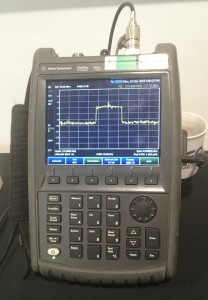Introduction
We are often told by Ofcom that “there are no available FM frequencies” in an area. We find this an unfortunate situation which can often seem impossible to address. Yet life is seldom that simple, as with all things in life it depends upon what assumptions we use, and what engineering solutions we consider. Here at ABC we contest that in most situations we can find a technical solution to such an assertion. Although we admit that, in the limit, things may be difficult and such solutions may not always be economically or practically viable. But in most situations we can suggest a realistic solution. IF the regulator is willing to consider it.
We recommend a three-step approach:
1. Assess frequency availability in general, following Ofcom guidelines
2. Verify clear frequencies locally on a radio in several locations or driving around in the target area
3. Analyse the best frequencies in detail, assessing interference from and to other radio services
Step 2 can be done by anyone, steps 1 and 3 need to be done by a radio engineer with access to the right tools.
The ABC Approach
Here at ABC we have recently developed a method to perform step 1 that is very similar to the approach demonstrated by Ofcom in a meeting a couple of years back. But we believe it has an important enhancement. We believe there is an inherent weakness with the Ofcom approach, because their initial frequency scan is performed from the local broadcast site. By nature the broadcast site is in an elevated location, so it will tend to exaggerate incoming interference compared to the typical listener location. Real listeners are normally in a town/city centre, low down and amongst building clutter. We don’t care if sheep on the hillsides get interference!
The ABC approach considers a realistic location in the centre of the target coverage area. We then consider incoming signals from EVERY licenced FM signal in the UK using the latest Ofcom database. We also take account of first adjacent, second adjacent and +/- 10.7MHz signals as specified in Ofcom recommendations. Of course we also consider transmit aerial height, aerial pattern and receiver aerial height. Oh and we factor-in the (controversial to some) Ofcom/ITU protection ratios. The result is an understanding of the total interference environment in an area, as opposed to on-site snapshot frequency scans that can only be done in a limited number of locations.
Our Results
Our results are displayed as a chart to aid selection of an appropriate frequency. When all the rules are factored in,we’re often surprised how many of the 205 possible channels get ruled-out from use. For example see below example for the city of Gloucester – a relatively “quiet” area for FM spectrum (click to enlarge):
The red columns are channels that we rule-out by Ofcom’s +/- 10.7MHz rule. Ideally, for full protection a channel we would have a total signal power less than the lower blue line, although the upper line is acceptable for Community radio according to Ofcom rules. Using this tool we can show that although the spectrum is fairly busy, there are still several potential frequencies.
The Next Step
If we choose 95.4, we can check the feasibility using ABC’s Frequency Viewer tool here:
This tool indicates that the closest co-channel interferer is Radio Berkshire, but with only 500w at 25m height. It also displays potential adjacent channel interferers - in the map above we have clicked on one and see that it is Radio Nottingham from Fishpond Hill with 1kW on 95.5.
The Final Stage
Using this information, combined with local drive-round surveys, the next step would be to perform a detailed interference analysis with the most significant surrounding radio services. This involves modelling the “Source” and “Interferer” transmitter in detail in a coverage modelling tool. Then we’d calculate for every pixel (normally 9 million) whether or not the required Ofcom protection ratio was met.
This last stage involves significant effort, but it is worth the effort – we’ve successfully used this approach to challenge Ofcom’s preliminary allocation and secure double the power for a station!
ABC have over 25 years experience in this sort of analysis – contact us for more information!



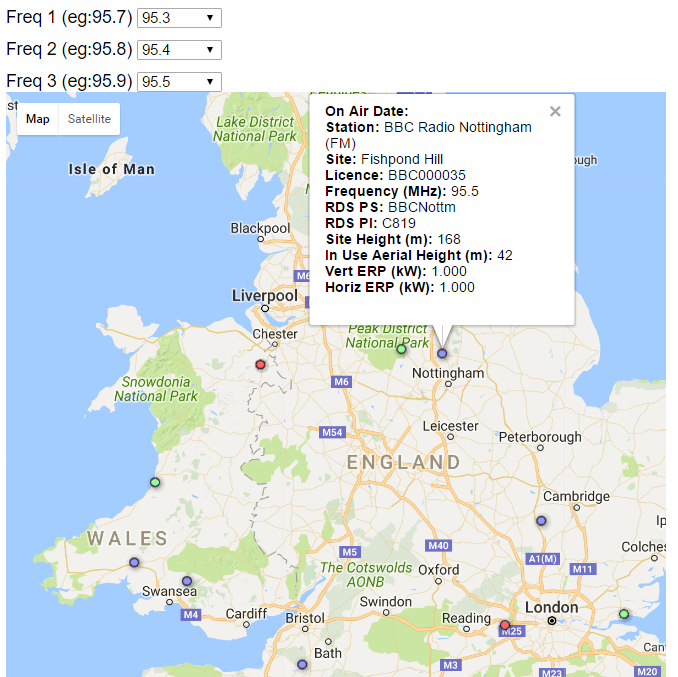
 from Ofcom for all CR stations, and some are out of date.
from Ofcom for all CR stations, and some are out of date.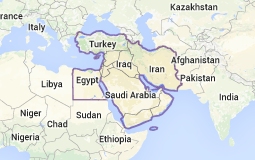



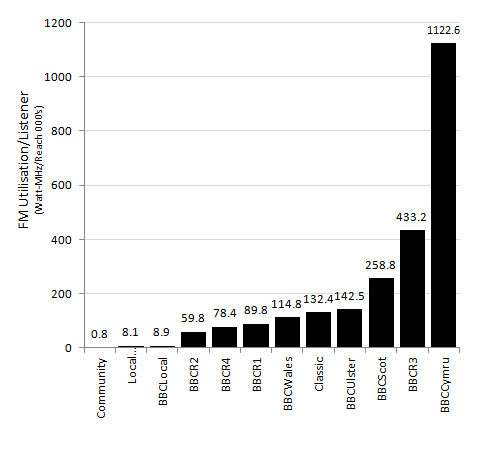

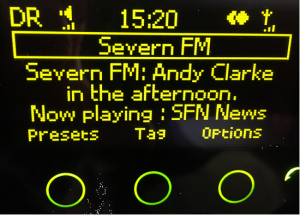

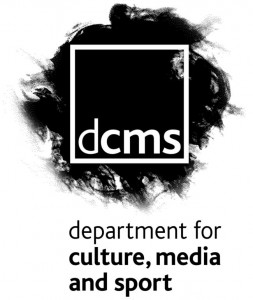
 he picture on the right is of a small yet powerful Linux computer called the
he picture on the right is of a small yet powerful Linux computer called the 